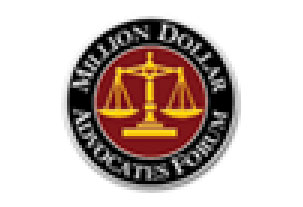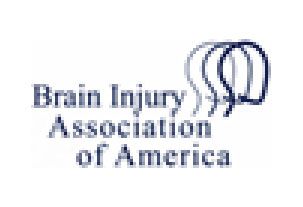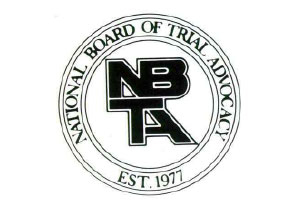Tag Archives: shoulder dystocia risk factors
Birth Trauma Lawyers Sue Hospital for Causing Erb’s Palsy, Shoulder Dystocia
Shoulder dystocia occurs during childbirth when the infant’s shoulder becomes trapped behind the mother’s cervix. There are certain shoulder dystocia risk factors that doctors should know about. If the mother exhibits any of these traits – diabetes, obesity, fetal macrosomia (large baby syndrome) or prolonged labor – doctors might recommend a C-section birth to avoid injury. One doctor in California failed to prevent shoulder dystocia, even though the mother exhibited multiple risk factors. The mother developed diabetes during pregnancy, and the baby had a large birth weight. She was also in labor for several hours. She asked the doctor to perform a C-section, and the doctor refused. Shoulder dystocia occurred, and the baby developed Erb’s palsy. What is Erb’s Palsy? Erb’s palsy is a permanent condition caused by damage to the brachial plexus, a connection of nerves at the back of the neck that controls limb movement. People with Erb’s…
Read More »
Posted in Erbs Palsy, Shoulder Dystocia
Tagged birth trauma attorneys, birth trauma lawyer, Erbs Palsy, Shoulder Dystocia, shoulder dystocia risk factors
Comments Off on Birth Trauma Lawyers Sue Hospital for Causing Erb’s Palsy, Shoulder Dystocia
Procedure Helps Physicians Spot Shoulder Dystocia Risks Early
Research published in the American Journal of Obstetrics and Gynecology says that the PeriGen fetal surveillance is successful in predicting and preventing shoulder dystocia without increasing cesarean sections. Shoulder dystocia occurs when the baby’s shoulder becomes stuck during childbirth, potentially causing nerve damage and lifelong complications or disabilities, even death. Proper medical care can prevent shoulder dystocia in most cases, but recent testing suggests that the PeriGen program, already in place at several facilities, is an effective prevention method. Researchers studied two groups of births. In one, 8,767 women gave birth using the PeriGen system. The second group of 11,958 deliveries did not use the program. Rates of cesarean section births remained constant in both groups, but shoulder dystocia was 56.8 percent lower in the group that used the PeriGen system. “The results of the study show a clear path to reduction of this potentially catastrophic outcome and we are…
Read More »
Posted in Shoulder Dystocia
Tagged birth trauma attorneys, perigen, Shoulder Dystocia, shoulder dystocia risk factors, shoulder dystocia risk factors for pregnant women
Comments Off on Procedure Helps Physicians Spot Shoulder Dystocia Risks Early
Campaign Spreads Awareness of Shoulder Dystocia
Shoulder dystocia occurs in approximately one percent of childbirths. Sometimes during delivery, the baby’s shoulder becomes stuck under the mother’s pubic bone. In one out of every thousand births, the doctor might damage the brachial plexus, a sensitive bundle of nerves near the neck and shoulders. Brachial plexus injuries can lead to life-long complications like loss of limb control or Erb’s palsy. PeriGen, a medical device company, is launching the “Start the Conversation” campaign to spread awareness of shoulder dystocia and help mothers recognize and prevent risk factors. Shoulder Dystocia Risk Factors Diabetes Maternal obesity or weight gain Fetal macrosomia (a.k.a. big baby syndrome) Research has found that 70 percent of shoulder dystocia incidents occur alongside macrosomia. Generally, babies who weigh more, stay in the womb longer and come from overweight moms are more at risk of shoulder dystocia. PeriGen offers a web-based tool that allows both the patient and…
Read More »
Posted in Shoulder Dystocia
Tagged birth trauma attorneys, perigen, Shoulder Dystocia, shoulder dystocia risk factors
Comments Off on Campaign Spreads Awareness of Shoulder Dystocia













